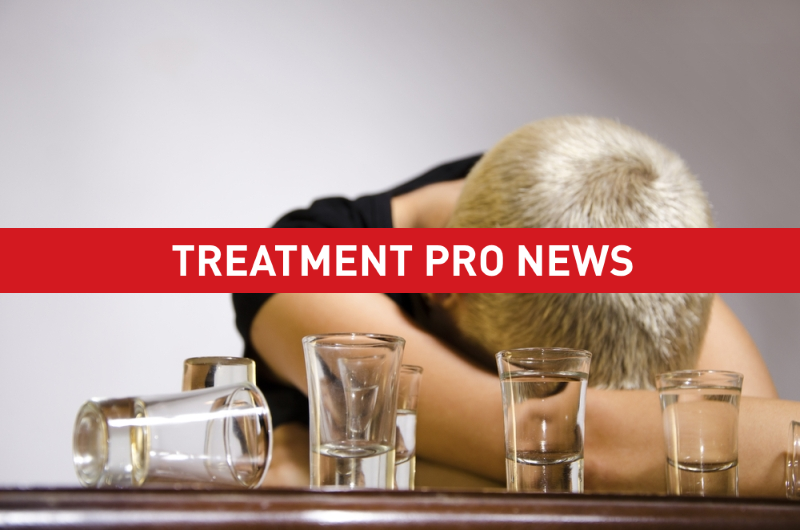
Today, the Substance Abuse and Mental Health Services Administration (SAMHSA) released their third annual Behavioral Health Barometer. Focusing on both substance use and mental health, the report is a snapshot of the state of behavioral health in the United States. The highlights of the 2015 Barometer reveal alcohol to be an enduring problem for both adolescents and adults.
Compiled from a series of national and state reports commissioned by SAMHSA, the Barometer annually tracks change and trends in the nation’s behavioral health. The data compiled from all 50 states is broken down by age, race and ethnicity, and regional location. The goal of the Barometer is to provide critical support for SAMHSA’s mission of reducing the impact of substance abuse and mental illness on America’s communities.
The report shows that in 2014, roughly one in three adolescents perceived no great risk from smoking one or more packs of cigarettes per day or from having four or five drinks nearly every day. Such a tolerance of risk contributes to adolescents accepting attitude towards binge drinking with white adolescents having the highest rates of this behavior.
The report also shows that 6.4% of individuals aged 12 or older (an estimated 17 million individuals) were dependent on or abused alcohol in the year prior to being surveyed. Not surprisingly, a majority of these cases are impacted by economic deprivation. The percentage of individuals aged 12 or older with past-year alcohol dependence or abuse was higher among those without health insurance and those living in households whose income was less than 100% of the federal poverty level.
From a mental health perspective, an estimated 9.8 million adults have a serious mental illness. In addition, 9.4 million adults considered suicide as a viable option. Unlike substance use disorders, the treatment options for mental health seem to be more accessible. The Barometer shows that in 2014, 6.7 million of adults aged 18 or older in the United States with a serious mental illness received some kind of mental health treatment or counseling in the year prior to being surveyed.
In contrast, only 14.6% of individuals aged 12 or older with illicit drug dependence or abuse received treatment. A major reason for this lack of treatment is not only access, but perception as well. Of those individuals, 70% did not think they needed treatment. Unlike mental illness, the level of denial when it comes to substance use disorders remains extremely high.